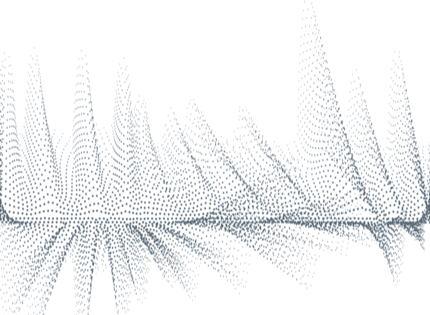Wireless communications in the millimeter-wave (mmWave) band bring unprecedented capabilities to achieve wireline performance in wireless networks and alleviate the congestion problem of current wireless technologies. However, efficient wireless networking in this band is extremely challenging compared to wireless technologies operating in the microwave band. IEEE 802.11ay is the next generation multi-gigabit standard to support wireless networking at 60 GHz. It is envisioned to achieve extremely high data-rates of up to 300 Gbps, using sophisticated physical layer techniques including multiple-input and multiple-output (MIMO) communication, channel bonding and aggregation, advanced beamforming techniques, and high order modulation schemes.
Simulating the IEEE 802.11ay standard in a network-level simulator requires accurate abstraction models to incorporate the effects of the aforementioned techniques. MIMO communication is an integral part of the latest wireless and mobile systems. Commercial network simulators still lack the support of accurate models to simulate wireless networks utilizing MIMO technology. In this project, we develop a novel approach for simulating IEEE 802.11ay Single-User (SU)/Multi-User (MU) MIMO (SU/MU-MIMO) communication in the network simulator ns-3. Our approach introduces a minimum level of signal processing blocks to improve both the accuracy and fidelity of SU/MU-MIMO simulations without compromising simulation scalability and run-time. Our method can be applied to other wireless technologies supporting MIMO communication mode such as IEEE 802.11n/ac/ax and 4G/5G mobile networks.





